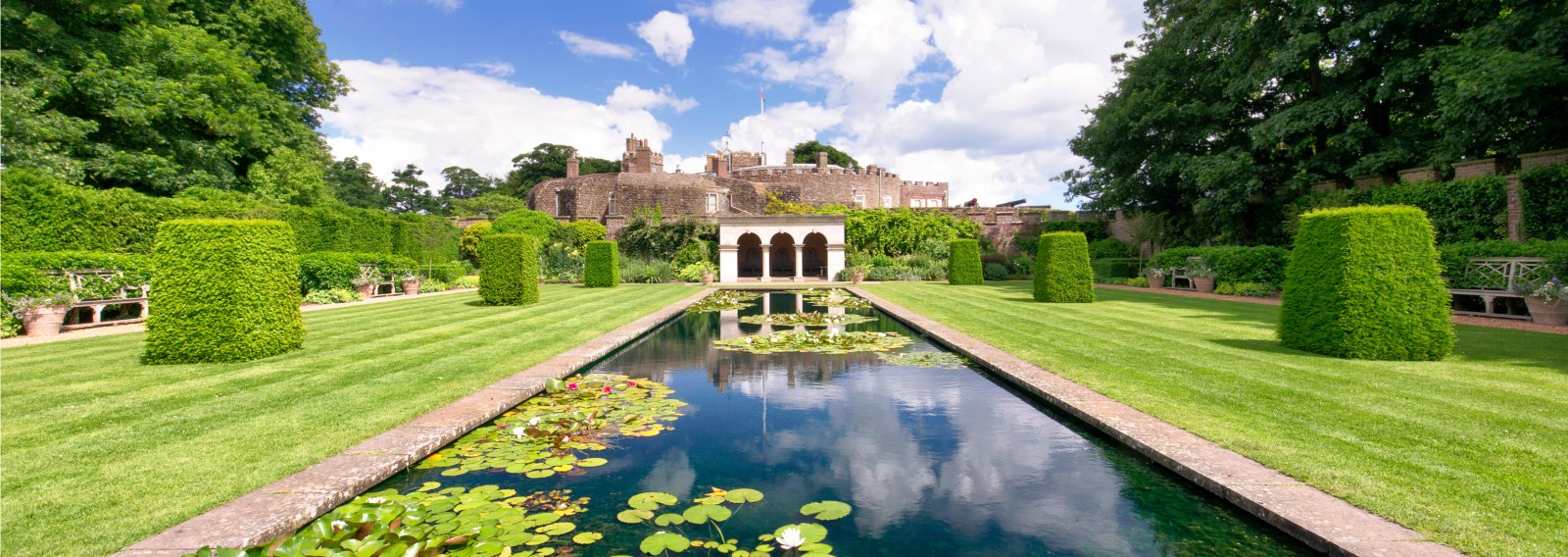1 What is a buy-to-let property?
Buy-to-let is where property is bought with the specific intention of renting it out to tenants rather than being occupied by the buyer. Investors can make generate income from a buy-to-let by generating income through the rent charged, so long as the rental income is more than the mortgage repayments each month. There are risks attached with buy-to-let properties, you may face issues with generating income with a rise in interest rates, not being able to sell the property if the market changes or having difficult tenants.
If you are unsure of whether or not buy-to-let is an option for you, read our useful guide and find out all the information you need to know.
2 What insurance do I need?
Buy-to-let insurance, commonly known as landlord insurance, provides landlord liability and buildings/contents cover.
Landlord liability: Provides cover if there is a fatality on your property. This cover is commonly just an option but depending on the type of tenant you may have.
Buildings insurance: A common requirement from lenders is for landlords to take out buildings insurance on a property before they can secure a mortgage. Buildings insurance covers you and your property in the event of it needing to be repaired or rebuilt through damage or destruction. The rebuild value is required when filling out the building insurance documentation, but it is worth knowing that this is not the same as the amount you have paid for the property. A building surveyor can provide you with a valuation on this.
Contents insurance: Ensuring the contents in your property are covered is highly recommended. Even if the property is unfurnished it is still worth having some form of contents insurance to protect flooring, carpets, curtains and so on. Your contents insurance does not cover belongings in your property brought by tenants.
3 Should I look for better rental returns or capital growth?
The income you should be aiming for is completely dependent on what sort of property you are looking to invest into. You’ll either be looking for rental returns or capital growth.
Rental returns, the income you make from the property as a percentage of its value, work out best with cheaper property. As an example if you have a few tenants you’ll be relying on rental yield.
Capital growth, increase in the value of the property over time, is a better means of income when you are depending on property prices increasing. This method is more common when your initial costs are high.
4 What type of property should I be looking to buy?
It’s worth considering whether or not you would want to live in the house and location of your potential buy-to-let property. Choosing a favourable location will make your property more attractive to potential tenants. Before you begin searching for properties it is also worth thinking about the tenant you are hoping for.
If you make the wrong decision when choosing your property you could potentially struggle to find tenants and your income margins could also be lower. It is also worth noting that some types of properties can be tougher to be successful in securing a mortgage, these types of properties could be new developments, flats above commercial premises (like takeaways and shops) and former council flats.
5 Where should I be looking to buy a property?
A good idea is to choose a property close to home or a town you are familiar with so you are close by for any potential problems and so you know the area. If you plan to use Miles & Barr as your letting agent, buying somewhere further away or an area you are unfamiliar with would not be a problem and will give you more options.
Once you have found your ideal location come and speak with us so we can give you helpful and friendly advice on the type of properties that are in demand in the area and how much they are renting for. We can assist you with property values in the area.
6 What is a buy-to-let mortgage?
If you are unable to buy an investment property outright you will require a mortgage. You’ll have to choose a buy-to-let mortgage or residential loan, which only applies if you plan to live in the property.
There are a number of differing factors between a buy-to-let mortgage and a residential loan. The lender will look at the potential rental income rather than your salary to calculate your affordability. The potential rental income as your primary source of income, the majority of lenders will also take personal income into account.
In most instances the lender will require your projected rental income to meet 125% of the monthly interest payments on the loan. This can be based on three different rates; a fixed rate, standard variable rate or assumed interest rate.
A 25% allowance and interest rate headroom leave you with peace of mind that you are covered in the instance of what are referred to as void payments (when your property has no tenants) reassuring the lender that payments are still made.
Another difference between a buy-to-let mortgage is the deposit required. The majority of buy-to-let lenders will require a minimum downpayment of either 25% or 30%.
How much are loan fees?
Buy-to-let mortgages that have the lowest rate of interest often have the largest upfront fees. Therefore it is essential to understand the interest rate against fees when taking out a buy-to-let mortgage because you may find that a higher rate of interest could work out to be a cheaper option.
